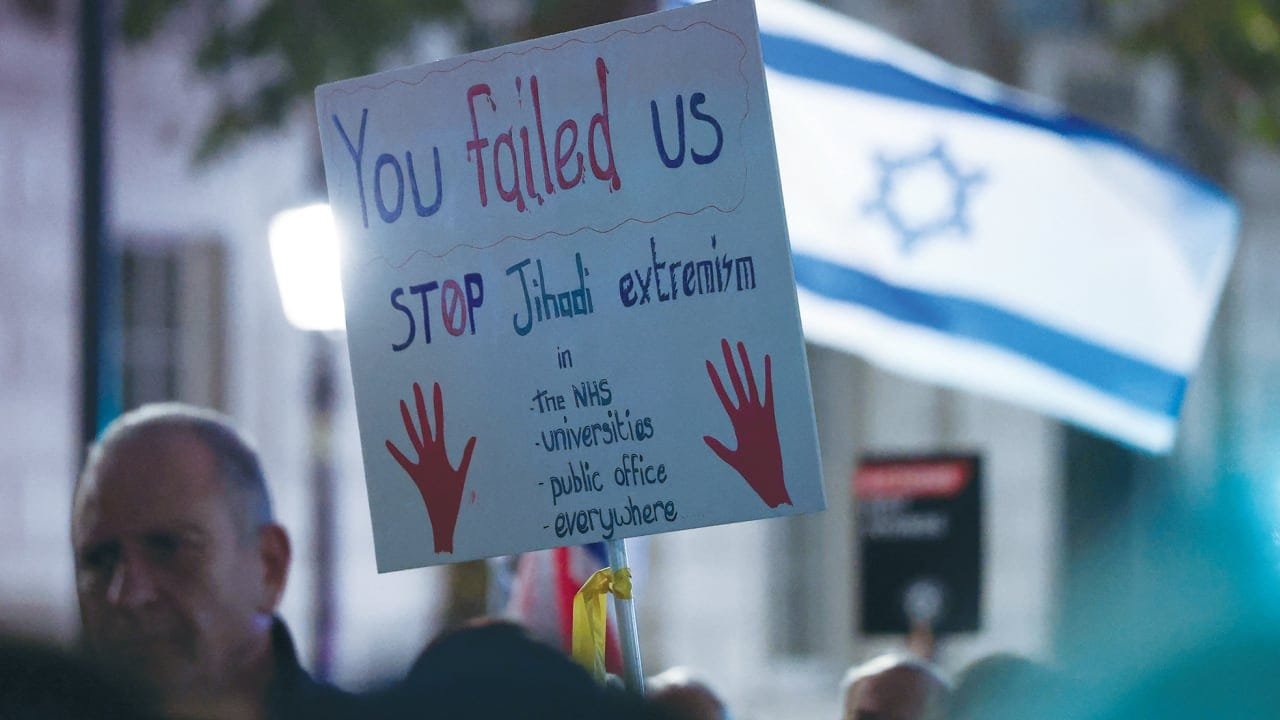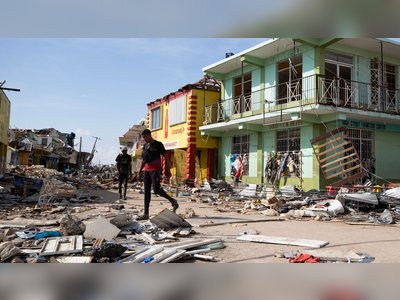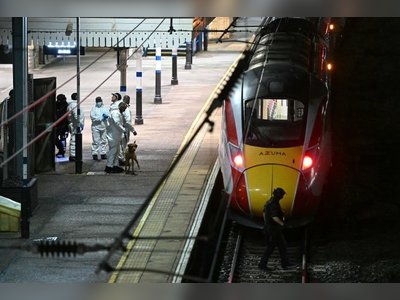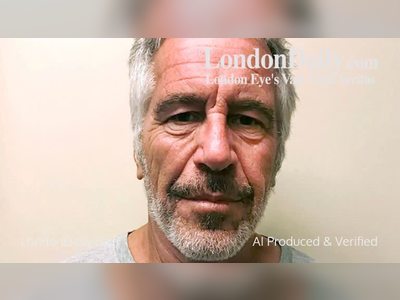
Legal Urgency Over Antisemitism: Families Asked to ‘Shrink’ Amid Enforcement Gap in Britain
A growing body of evidence suggests Britain’s anti-Jewish protections are under-applied, leaving victims vulnerable despite formal safeguards
In recent months, a troubling pattern has emerged across Britain—Jewish individuals and families are being advised to minimise their visibility rather than expecting robust legal protection, even as statutes promise safety.
More than 1,500 antisemitic incidents were reported in the first half of 2025, with accounts spanning street harassment, intimidation at worship and systemic bias in public life.
Despite an extensive legislative framework—such as the Equality Act, the Crime and Disorder Act and the Human Rights Act—victims say enforcement remains inconsistent and responsive, rather than preventive.
One comprehensive review found that Jews felt “tolerated rather than respected,” citing fields as varied as healthcare, education and policing where inclusion falters.
Witnesses describe scenes of high tension during protests: flagged vehicles diverted for fear of offence, patrols rerouting charity vans and residents avoiding visibly Jewish homes.
Meanwhile, law-enforcement records show significant variation between police forces in classifications, investigatory standards and outcomes for antisemitic hate crimes.
The gap between statute and street presence is now increasingly characterised as a legal vacuum.
Jewish community leaders contend that such patterns feed into a broader danger: when discrimination becomes normalised, the risk of systemic persecution heightens.
They argue for recognition of Judaism as both a religion and an ethnicity, consistent national enforcement protocols and real-time intervention when intimidation begins—not only retrospective investigations.
While the British government has renewed public pledges to protect Jewish citizens, the confidence of many in that guarantee has fallen.
Analysts say the test of the state’s commitment will lie not in the law books but in how actively they are used, how predictably they are enforced and how visible protection becomes in everyday life.
The core challenge now is bridging the gap between rights promised on paper and realities felt by communities in the streets of Britain—even when those communities are not asked to hide, but to live openly with the certainty of protection.
More than 1,500 antisemitic incidents were reported in the first half of 2025, with accounts spanning street harassment, intimidation at worship and systemic bias in public life.
Despite an extensive legislative framework—such as the Equality Act, the Crime and Disorder Act and the Human Rights Act—victims say enforcement remains inconsistent and responsive, rather than preventive.
One comprehensive review found that Jews felt “tolerated rather than respected,” citing fields as varied as healthcare, education and policing where inclusion falters.
Witnesses describe scenes of high tension during protests: flagged vehicles diverted for fear of offence, patrols rerouting charity vans and residents avoiding visibly Jewish homes.
Meanwhile, law-enforcement records show significant variation between police forces in classifications, investigatory standards and outcomes for antisemitic hate crimes.
The gap between statute and street presence is now increasingly characterised as a legal vacuum.
Jewish community leaders contend that such patterns feed into a broader danger: when discrimination becomes normalised, the risk of systemic persecution heightens.
They argue for recognition of Judaism as both a religion and an ethnicity, consistent national enforcement protocols and real-time intervention when intimidation begins—not only retrospective investigations.
While the British government has renewed public pledges to protect Jewish citizens, the confidence of many in that guarantee has fallen.
Analysts say the test of the state’s commitment will lie not in the law books but in how actively they are used, how predictably they are enforced and how visible protection becomes in everyday life.
The core challenge now is bridging the gap between rights promised on paper and realities felt by communities in the streets of Britain—even when those communities are not asked to hide, but to live openly with the certainty of protection.










